Technological Advancements
The Vehicle Roadside Assistance Market is experiencing a notable transformation due to rapid technological advancements. Innovations such as mobile applications and GPS tracking systems have enhanced the efficiency of roadside assistance services. These technologies enable service providers to locate stranded vehicles quickly, reducing response times significantly. In 2025, the integration of artificial intelligence and machine learning is expected to further optimize service delivery, allowing for predictive analytics that can anticipate customer needs. This technological evolution not only improves customer satisfaction but also streamlines operational processes for service providers, thereby driving growth in the Vehicle Roadside Assistance Market.
Growth of Electric Vehicles
The proliferation of electric vehicles (EVs) is poised to influence the Vehicle Roadside Assistance Market significantly. As the adoption of EVs continues to rise, the nature of roadside assistance services is evolving to accommodate the unique needs of electric vehicle owners. This includes specialized services such as battery charging assistance and knowledge of EV-specific issues. The increasing number of EVs on the road is expected to create new opportunities for service providers to tailor their offerings, thereby expanding their market reach. Consequently, the Vehicle Roadside Assistance Market is likely to adapt to these changes, ensuring that it meets the demands of a diversifying vehicle landscape.
Increasing Vehicle Ownership
The rise in vehicle ownership is a critical driver for the Vehicle Roadside Assistance Market. As more individuals acquire vehicles, the demand for roadside assistance services is likely to increase correspondingly. Recent statistics indicate that vehicle ownership rates have surged, with millions of new cars registered annually. This trend is particularly pronounced in urban areas, where the density of vehicles leads to a higher likelihood of breakdowns and accidents. Consequently, service providers are expanding their offerings to cater to this growing customer base, thereby propelling the Vehicle Roadside Assistance Market forward. The increasing reliance on personal vehicles underscores the necessity for reliable roadside assistance.
Consumer Awareness and Expectations
Consumer awareness regarding the benefits of roadside assistance is on the rise, significantly impacting the Vehicle Roadside Assistance Market. As individuals become more informed about the potential risks associated with vehicle ownership, they are increasingly seeking comprehensive roadside assistance plans. This heightened awareness is reflected in the growing number of subscriptions to roadside assistance services, with many consumers viewing them as essential rather than optional. Furthermore, the expectation for 24/7 availability and quick response times is shaping service offerings, compelling providers to enhance their service quality. This shift in consumer expectations is likely to drive competition within the Vehicle Roadside Assistance Market.
Partnerships with Automotive Manufacturers
Strategic partnerships between roadside assistance providers and automotive manufacturers are emerging as a significant driver in the Vehicle Roadside Assistance Market. Many manufacturers are now including complimentary roadside assistance services with new vehicle purchases, thereby enhancing the value proposition for consumers. This trend not only increases the visibility of roadside assistance services but also fosters customer loyalty towards both the manufacturer and the service provider. As a result, the Vehicle Roadside Assistance Market is witnessing a surge in demand, as consumers are more inclined to utilize services that are seamlessly integrated with their vehicle ownership experience. Such collaborations are likely to shape the future landscape of the industry.


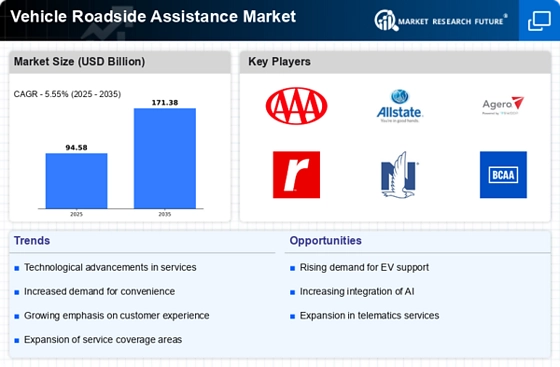
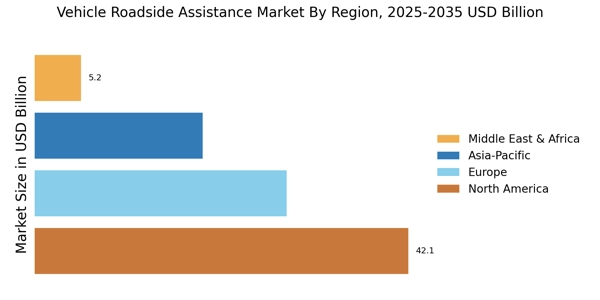

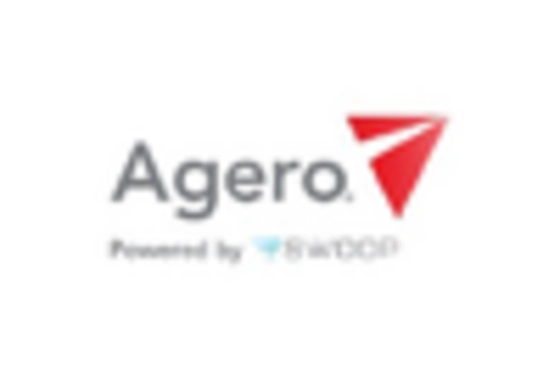
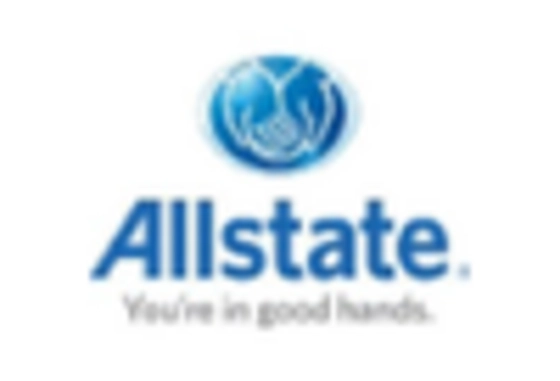
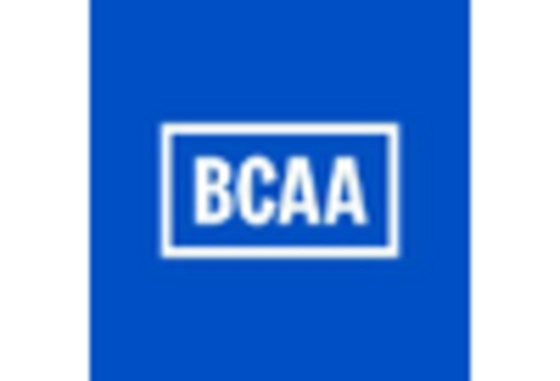
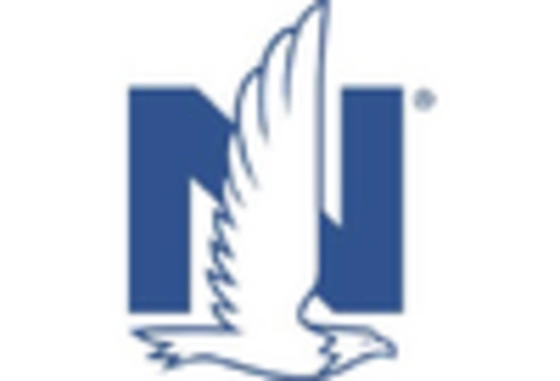









Leave a Comment